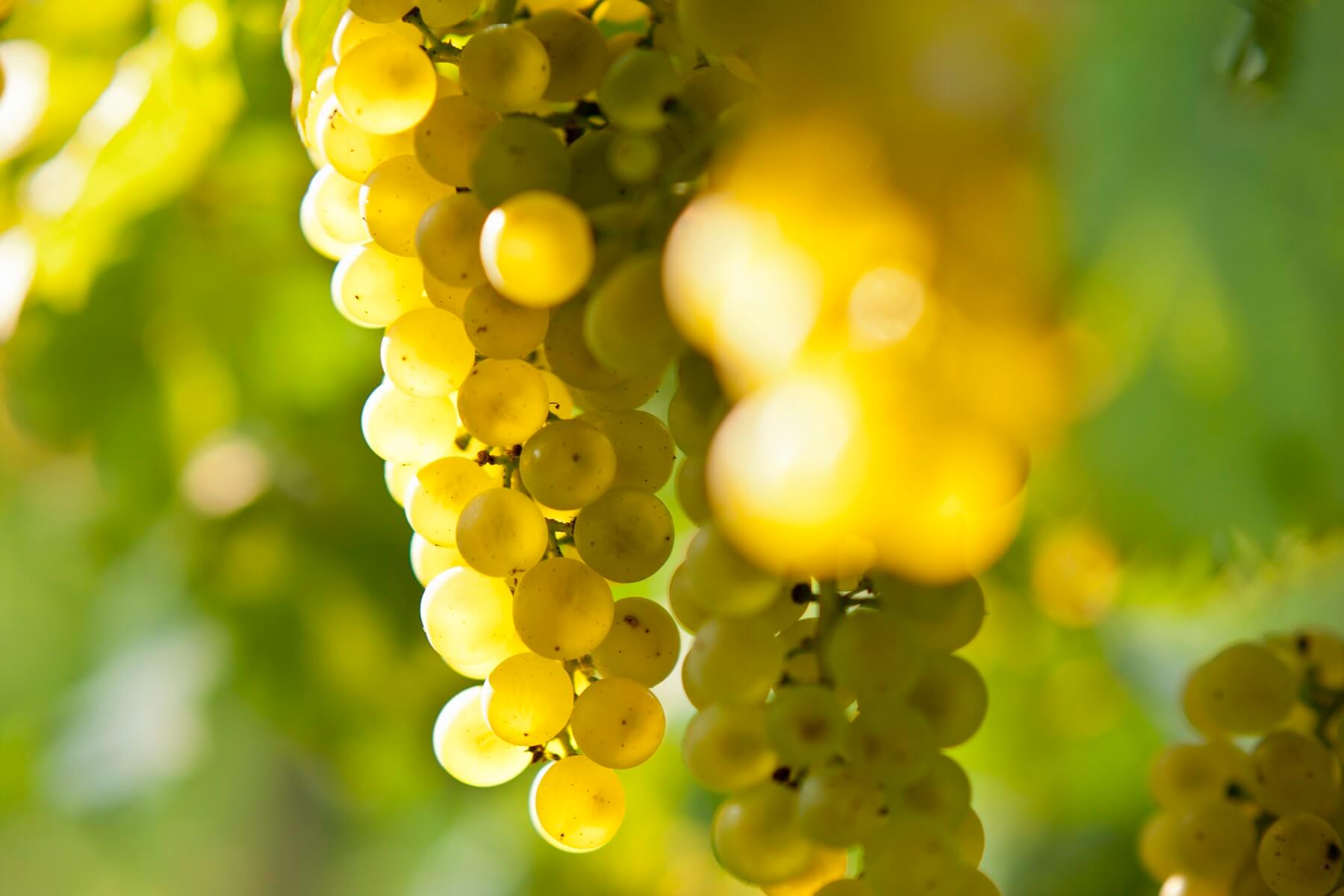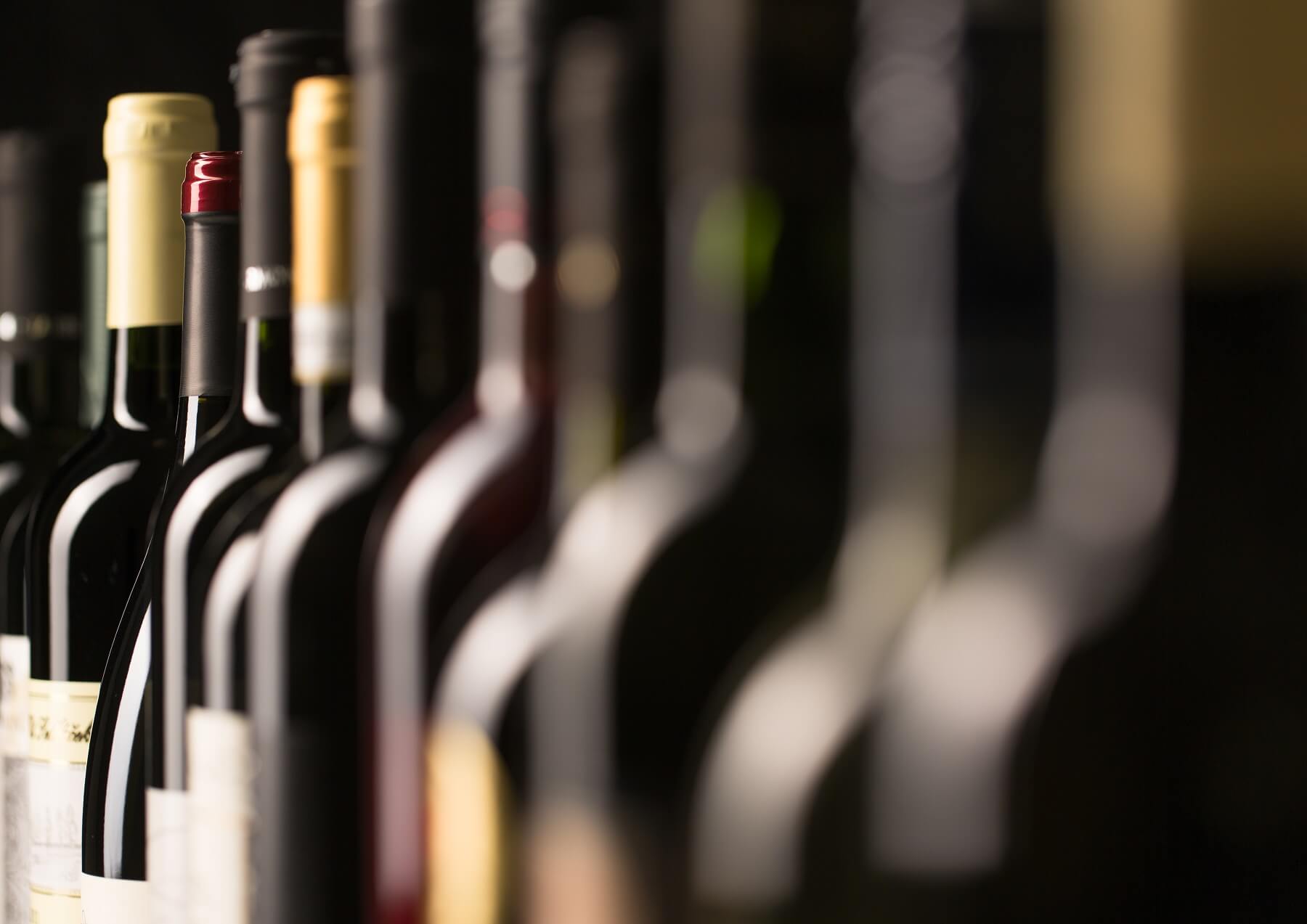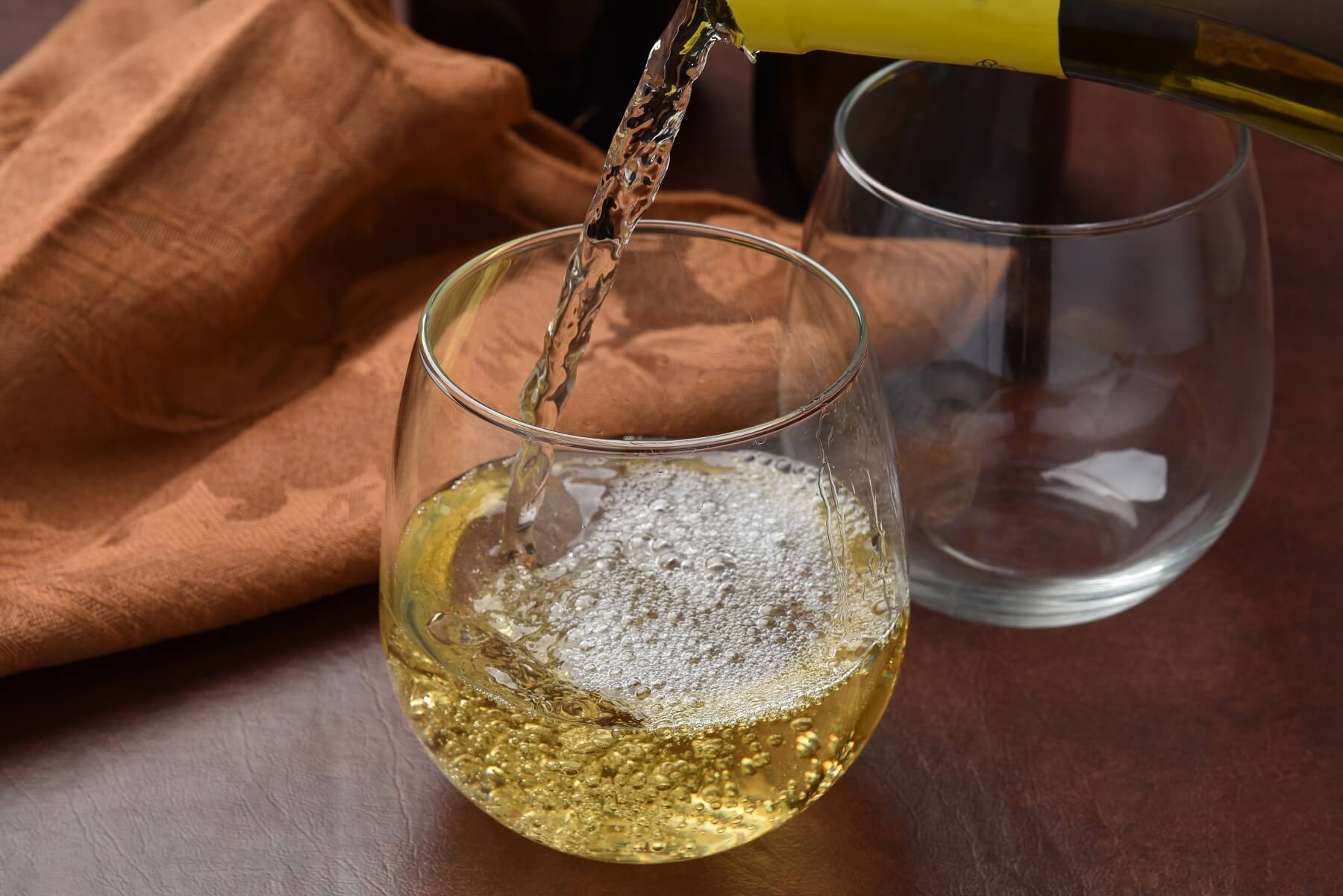

It’s the green-skinned wonder from the Loire the key grape varietal in some of the world’s most popular and widely drunk wines, and one of the original seven ‘noble grapes’.
It’s the green-skinned wonder from the Loire, the key grape varietal in some of the world’s most popular and widely drunk wines, and one of the original seven ‘noble grapes’.
Sauvignon Blanc is one of the most recognisable grapes on the planet, thanks to its considerable spread, wonderful versatility and fine qualities - it burst with fine, fresh flavours, it is refined, elegant, acidic and crisp, it’s the ultimate white wine to pair with food… it’s little wonder that this is one of the most popular white wine varietals there is.
But how well do you know this world-beating vine? Having a few extra wine facts up your sleeve is always great for impressing your friends at the bar, and knowing a bit about the history and background of your favourite grape can absolutely add to the experience of drinking the wines made from it.
For example, were you aware that the 7th of May is designated as Sauvignon Blanc day? So, next time this date rolls around (if not well before), get yourself a bottle of the best white Bordeaux you can find, and raise a glass to this brilliant berry of the vine.
A Grape of Many Names
Shakespeare asked us ‘what’s in a name?’ - and the answer to this question, if you’re a Sauvignon Blanc grape, is more complicated than you might think. It’s very common for grape varietals to have different names in different countries, due to linguistic variations on the original name, but Sauvignon Blanc is known by over sixty different monikers, and almost a third of those names are used in France alone.
This gives us some idea of how flexible and widespread this particular vine has become, and how even in its (supposed) home country, it is vinified in many different ways, producing several different wines based on the fruit’s various characteristics.
The name ‘Sauvignon Blanc’ - which is by far the most commonly and internationally recognised name for this grape - comes from the French words ‘sauvage’, meaning ‘wild’, and ‘blanc’, which means ‘white’.
The name is most likely inspired by the fact that Sauvignon Blanc grapes grew wild and free across much of western France for centuries, due to their hardy nature and high-yielding vines.
This is partly the reason for their popularity throughout history, as unlike other varietals from the same region, Sauvignon Blanc is a reliable vine which grows quite happily undisturbed.
Today, quality vintners go to great efforts to keep yields as low as possible, in order to concentrate all that character and flavour inside the grape.

Spread and influence
As with almost every French grape, there’s fairly fierce debate about where exactly Sauvignon Blanc originated. Regions battle it out with neighbouring regions, trying to establish which grapes are ‘theirs’ - I suppose there’s relatively little else to do in rural France.
Sauvignon Blanc is most commonly associated with Bordeaux and the Loire Valley, where it is used in an astounding variety of different wines, many of which are arguably some of the finest white wines in the world.
However, if the hunches of viticultural scientists are correct, then Sauvignon Blanc may not be French at all, but may have come across central Europe into France and have originated in the alpine regions of Italy. Expect vigorous rebuttals, pitchforks and burning torches coming out of western France, heading to the Italian border, should this be proven definitively.
Whatever the true origins of the grape, it is one which has proven to be extremely successful overseas, and has become one of the definitive New World varietals.
Indeed, Sauvignon Blanc is the 8th most planted grape in the world. Cuttings were taken from Sauternes in the 1880s and replanted in California, where they flourished and produced wines which were an exciting departure from the French classics.
Similar ventures took place in Australia, and more recently in New Zealand, where Sauvignon Blanc wines have become something of a flagship style for the Kiwis.

Origins and parenthood
Not many people realise that many of their favourite wines are made from grapes which are relatively recent inventions, due to the skill and innovation of oenologists and grapegrowers over the centuries. Sauvignon Blanc probably descended from Savagnin, a Tyrolean grape which also prefers cold climates and produces crisp, acidic white wines.
However, it is the use of Sauvignon Blanc as a parent grape which made massive waves in the wine world, as it was cross-bred in the 18th century with Cabernet Franc - a popular French red wine varietal - to produce a world-beating vine we know and love: Cabernet Sauvignon.
Flexibility and variety
One of the keys to Sauvignon Blanc’s popularity and spread is due to its flexibility and ability to express the land and climatic conditions it grew in. Indeed, there’s probably no other white wine in the world which varies so massively; ranging from the extremely acidic, crisp and mineral varieties we find in its cool, damp homeland in western France, to the fruity, almost tropical flavours more typical in warmer New World climes.
It responds well to oak, as seen in the Fumé Blanc wines of California, and in steel it takes on a minerality and razor-sharpness that make it the perfect pairing for a wide range of foods.
It isn’t all about dryness and acidity, though. In the classic region of Sauternes, Sauvignon Blanc is allowed to be affected by the botrytis fungus (known as ‘noble rot’), which results in some of the finest dessert wines in the world, bursting with truly unique flavours of roasted nuts and dark honey.
Sauvignon Blanc is also used as a blending grape in many white Bordeaux wines, where it meets with Semillon to produce beautifully balanced wines of superb character and finesse.

The science of flavour
There are two main sets of flavours associated with Sauvignon Blanc, which seem worlds apart from each other.
On the one hand, we have the flavour profile more commonly found in New World examples of this wine - melon, mango, passion fruit - which is the result of what are known as ‘thiols’ which are created during fermentation. These are volatile sulphur compounds that exude a distinctive fruity flavour and aroma.
The grassy, green pepper and dewdrop flavours more associated with the great food-pairing examples of Sauvignon Blanc are the result of a different chemical, this time one which is found naturally in the grapes. Methoxy-pyrazine is a chemical found in bell peppers and other such fruits, and leads to that distinctive and delicious ‘greenness’ that makes Sauvignon Blanc so refreshing and palate-cleansing.
After getting down to the nitty-gritty of this hardy grape type, it's finally time to meet your top 3 wines! Check out our quiz below to get you started.
Next up: Take our Wine Palate Quiz and match your personal tastes to your top three wine types
Do you know your wine personality? If your answer is no, take our quiz to find out which wines to pick up next and build your box!
Build my box





